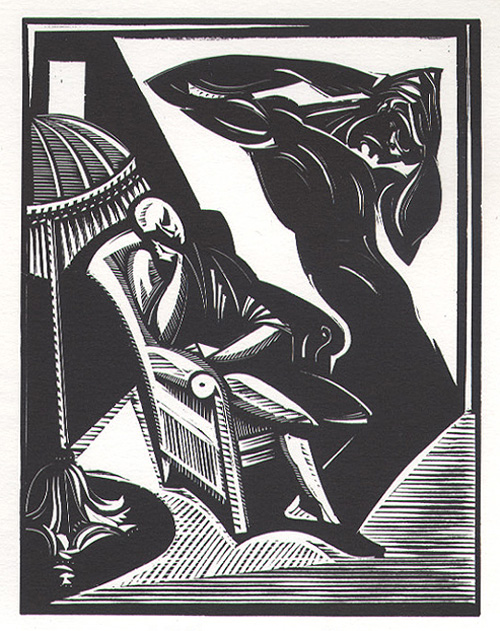Visiting a cemetery, just for the sheer curiosity of it, probably isn’t top of your ‘must do’ list. It certainly wasn’t on mine.
But that was before I realised how much cemeteries can tell us about a place and its history. Death is the ultimate unifier and, almost by definition, a cemetery will include a true cross-section of society. In addition, the design of the cemetery and the symbolism of the monuments can tell us a lot about the culture and the values of the society that created them.
About three years ago, I was part of a team that was commissioned to do an Interpretation Plan for West Terrace Cemetery here in Adelaide (I wrote about it at the time in Issue 39 of Interpreting Australia magazine – free download available to IA members). It was an intriguing prospect – while there are a few cemeteries around the world that pull in the crowds (Pere Lachaise in Paris springs to mind), I don’t think many have systematically explored their cultural tourism potential.
West Terrace Cemetery is distinctive in that it dates back to the beginning of South Australia’s colonial history, and was the State’s principal cemetery for the best part of a century. South Australia’s early politicians, explorers, entrepreneurs, priests and paupers all share their final resting place in its grounds. You can consider the cemetery as a window into South Australia’s colonial history in particular (I’ll define ‘colonial’ South Australia as the period from first European settlement to Federation, i.e. 1836-1901).
So, back to the Interpretation Plan. One of its recommendations was to produce a set of self-guided tours of the cemetery, each exploring a different theme. The first challenge was to choose, out of a longlist of several hundred, which grave sites would be chosen to create the first tour of ‘heritage highlights’. Eventually, a tour comprising 29 stops was developed and I was appointed to write the text for the signage (through Exhibition Studios).

It was quite an undertaking – to interpret the cemetery features and burial sites necessitated getting across a lot of SA’s early history in order to give the stories context and relevance. We needed to provide enough background for visitors who knew little of South Australian history, while still keeping the text succinct. The tone of the text needed to be lively, while still sufficiently respectful of the place it was sited. The content also needed to be approved by the descendents, who remain ownership and control of the burial plots.
The Heritage Highlights trail was officially opened on March 4, and I was delighted to be invited to the celebrations and meet some of the descendents of the people I’d written about. I was careful not to look too closely at the text (I was sure there’d be things I’d wished I’d done differently!), but was pleased to see a project that had been in the pipeline for so long finally come into fruition.
So if you’re in Adelaide, are curious and have a free couple of hours, I recommend you see it for yourself – among the people you will discover are:
- Colonial powerbrokers such as the Kingstons, Henry Ayers and John Langdon Bonython
- The entrepreneurs behind household names such as Faulding and Menz
- The women who campaigned to see SA become the first place in the world to give women full democratic rights
- Eccentric genius Percy Grainger (yes he’s buried at West Terrace!)
- Plus the stories of ordinary people caught up in extraordinary circumstances, such as the young Foot Constable killed in the line of duty, and a victim of South Australia’s worst civilian maritime disaster.
I hope that’s been enough to whet your appetite – and do let me know what you think!
The Cemetery is open every day and you can pick up the tour guide brochure at the front gate.



















